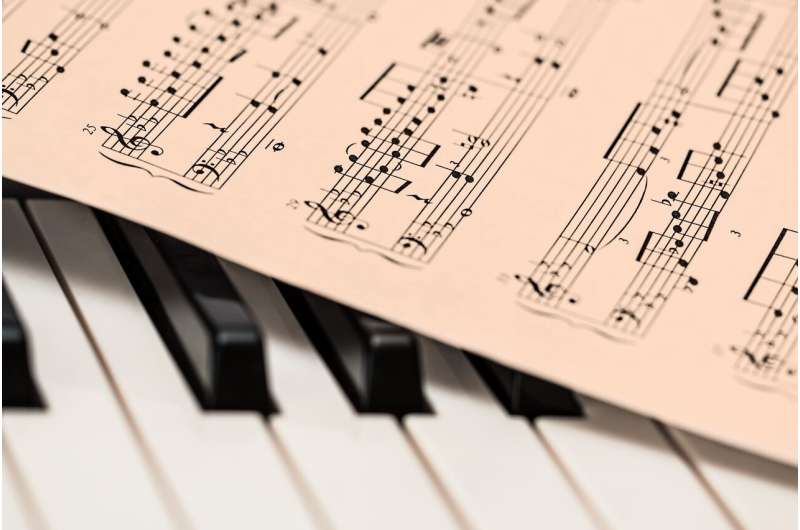Integration through intercultural music collaboration

A record 1.3 million migrants applied for asylum in the European Union in 2015. The refugee surge and the subsequent public debate on immigration brought the need for European countries, especially as homogenous as Finland, to look for new perspectives and operating models for integration and living with difference.
Many of the refugees who had come to Finland were professional musicians or active instrumentalists and singers, says the brand new Doctor of Music Katja Thomson.
After going through very difficult experiences, many refugees were longing for a shared space for interaction. This gave Thomson an idea. In January 2016, she founded the World In Motion ensemble.
The ensemble consisted of Sibelius Academy students and Middle Eastern musicians with a refugee background. The ensemble musicians, who all had different musical backgrounds, composed and arranged music collaboratively and performed in public events.
The participants' own musical backgrounds and experimentation with new musical ideas were at the center of the ensemble's activities.
"We strived for finding shared goals without a shared language. All of us had to look for alternatives for our usual artistic and pedagogical approaches," Thomson notes.
In her doctoral dissertation, Thomson explains how collaborative composing and arranging can create a space for reciprocal integration, negotiation and identity work.
"The sense of togetherness, feeling of safety and openness to new artistic and social possibilities were all highlighted in my research. On the other hand, political conflicts in the Middle East and traumas and feelings of vulnerability that they have caused to refugees were also present in the ensemble collaboration," Thomson says.
The ensemble can be considered a social innovation with the aim of addressing the challenges of immigration through musical collaboration.
Thomson encourages higher music education to take an active role in the intersections of artistic, pedagogical and social dimensions of music and to create musical spaces that enable future musicians and educators to learn skills that they will need in their profession.
More information: Reciprocal Integration in a Musical Thirdspace: An Ethnographic Study with Refugee Musicians and Higher Music Education Students: taju.uniarts.fi/handle/10024/7274
Provided by University of the Arts Helsinki




















